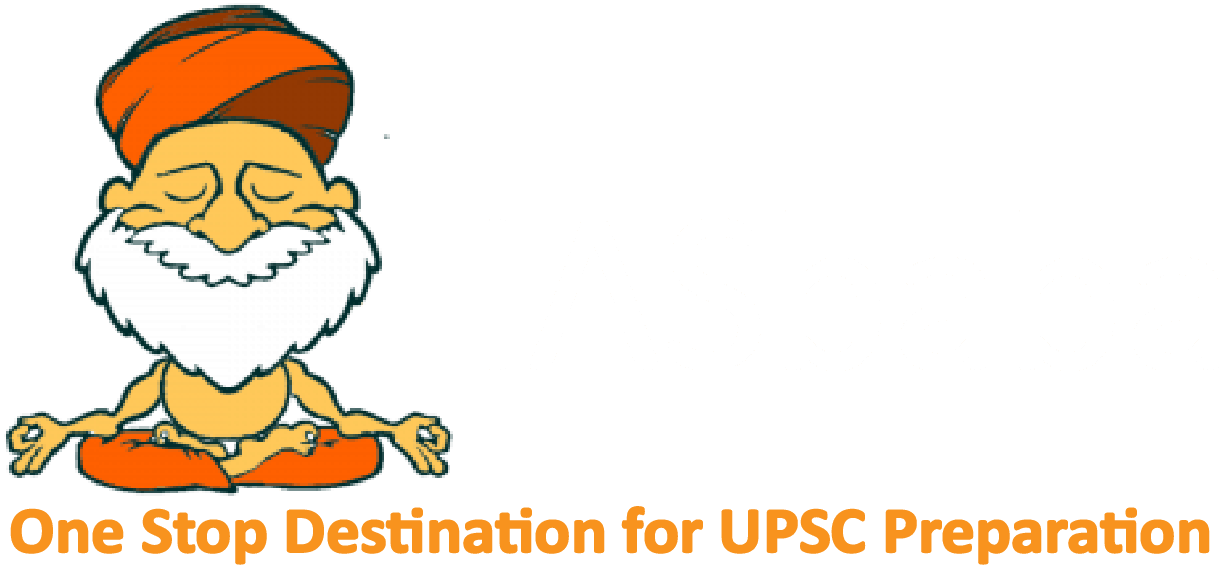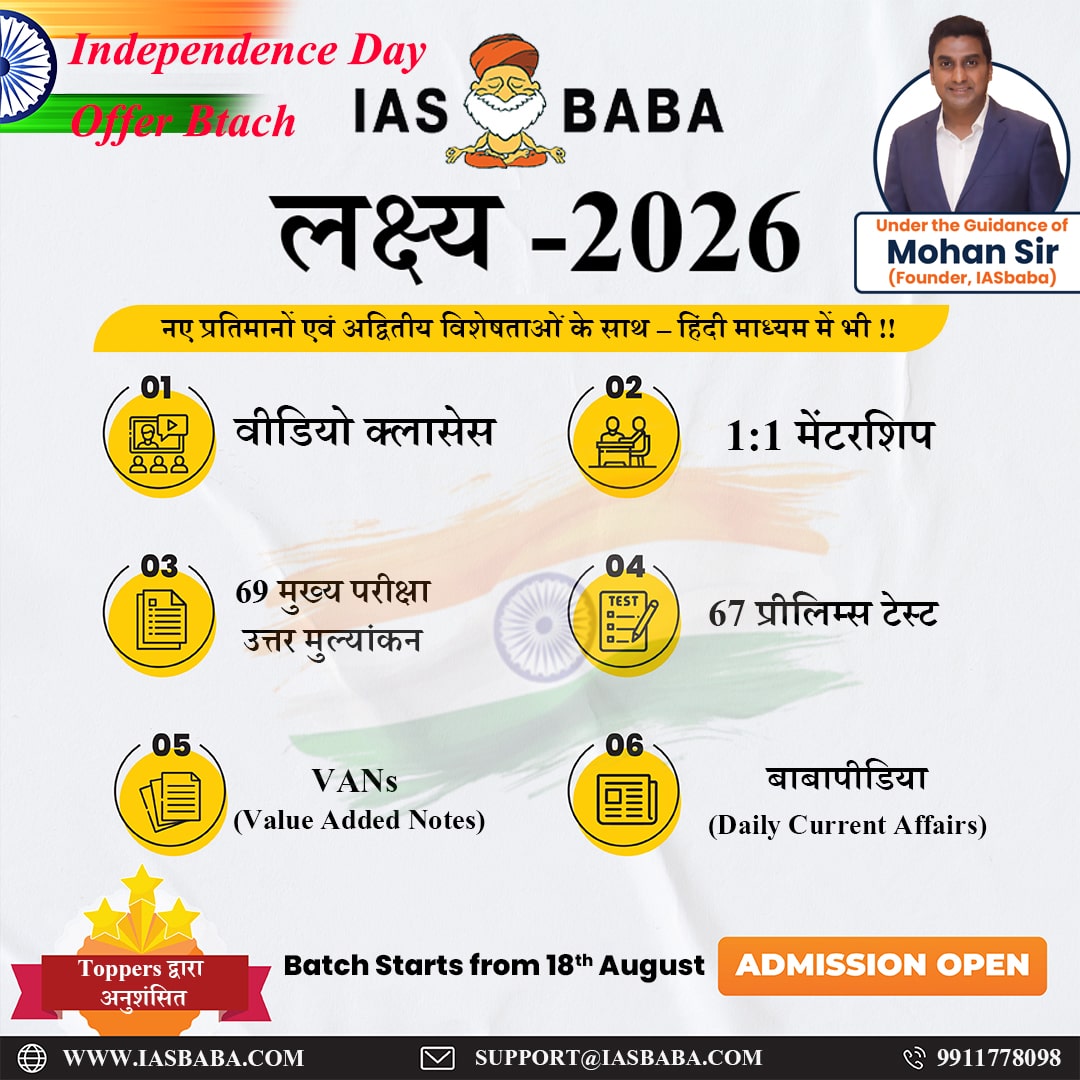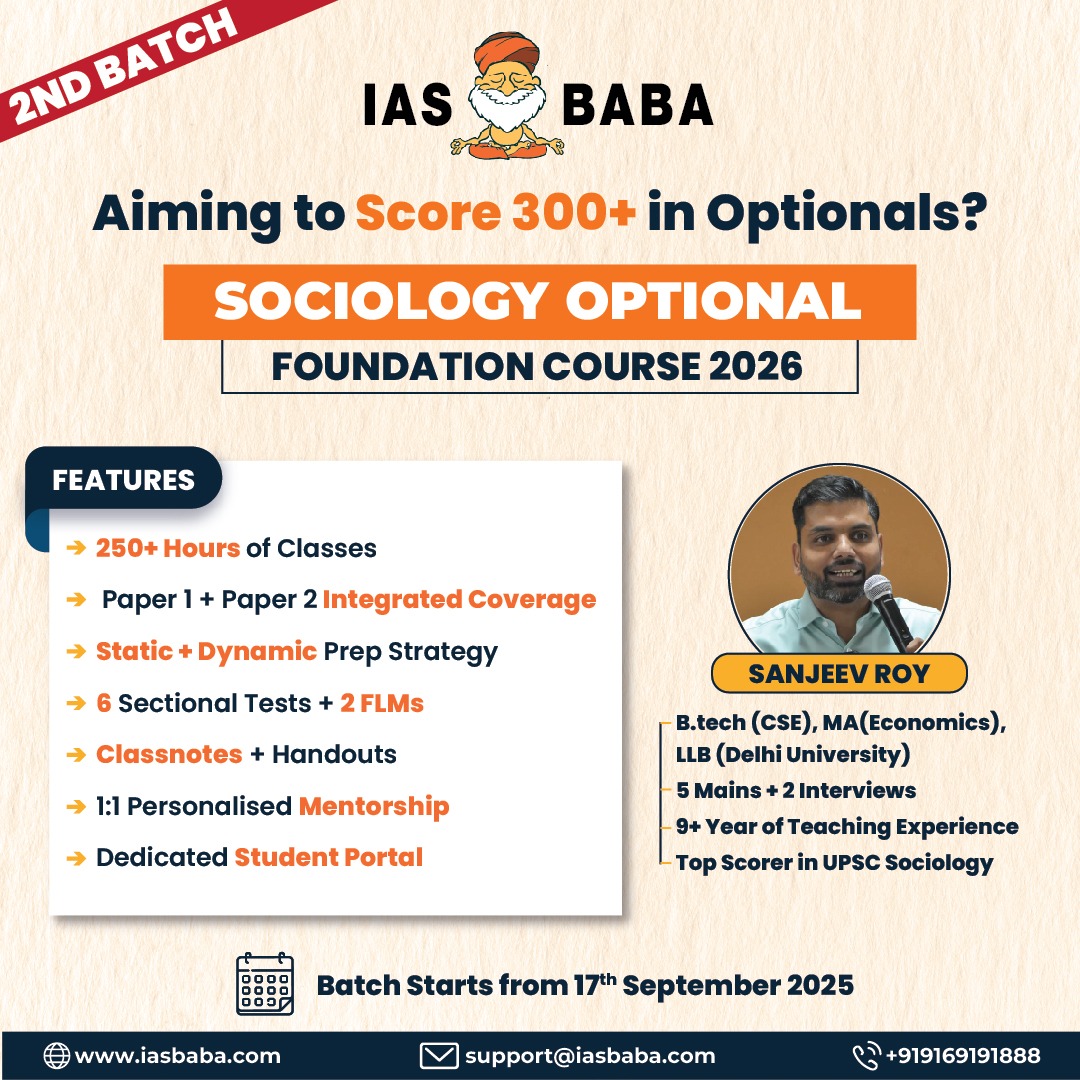IASbaba's Daily Current Affairs Analysis
Archives
(PRELIMS Focus)
Category: International Relations
Context:
- Members of the Non-Aligned Movement (NAM) should harness the initiative to advance the aspirations of the Global South, said Minister of State for External Affairs.
About Non-Aligned Movement (NAM):
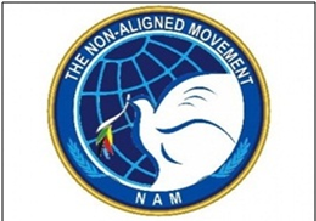
- Background: The Non-Aligned Movement was formed during the Cold War as an organization of States that did not seek to formally align themselves with either the United States or the Soviet Union, but sought to remain independent or neutral.
- Origin: The basic concept for the group originated in 1955 during discussions that took place at the Asia-Africa Bandung Conference held in Indonesia.
- Foundation: The Non-Aligned Movement was founded and held its first conference in Belgrade, Yugoslavia, in 1961 under the leadership of Josip Broz Tito of Yugoslavia, Gamal Abdel Nasser of Egypt, Jawaharlal Nehru of India, Kwame Nkrumah of Ghana, and Sukarno of Indonesia.
- Objective: The purpose of the organization was enumerated in Havana Declaration of 1979 to ensure “the national independence, sovereignty, territorial integrity and security of non-aligned countries” in their struggle against imperialism, colonialism, neo-colonialism, racism, and all forms of foreign subjugation.
- Members: It has 120 members comprising 53 countries from Africa, 39 from Asia, 26 from Latin America and the Caribbean and 2 from Europe (Belarus, Azerbaijan). There are 17 countries and 10 international organizations that are Observers at NAM.
- Significance: During the cold war era, the NAM played a vital role in stabilizing the world order and preserving peace and security. Non alignment of NAM doesn’t mean the neutrality of state on global issues, it was always a peaceful intervention in world politics.
- Panchsheel: The principles of NAM was largely guided by Panchsheel principles, some of them are:
- Respecting each other’s territorial integrity and sovereignty.
- Not to take aggressive action against each other.
- Not to interfere in each other’s internal matters.
- To follow the policy of equality and mutual benefit.
- Believe in the policy of peaceful co-existence.
Source:
Category: Polity and Governance
Context:
- The National Green Tribunal (NGT) termed the submitted replies on the pollution and encroachment level in the river Markanda “materially deficient” and instructed the pollution boards of Himachal Pradesh and Haryana to submit fresh reports.
About National Green Tribunal (NGT):

- Establishment: The National Green Tribunal (NGT) was established on October 18, 2010, under the National Green Tribunal Act, 2010, to expedite environmental justice in India.
- Headquarters: The headquarters of NGT is in New Delhi. It also has regional benches in Bhopal, Pune, Kolkata, and Chennai.
- Disposal of cases: The tribunal endeavours to resolve cases within six months from the filing date.
- Composition: It has a chairperson (a retired Supreme Court judge or Chief Justice of a High Court), 10-20 Judicial Members (former Supreme Court or High Court judges) and 10-20 expert Members (with a Master’s degree in Science, Engineering, or Technology and relevant environmental experience).
- Follows principles of natural justice: The NGT operates under the principles of natural justice and has the authority to create its procedures, rather than following those outlined in the Code of Civil Procedure, 1908 now Bhartiya Nagarik Suraksha Samhita.
- Powers of a civil court: It has the power to act as a Civil Court when settling cases.
- Suo-moto powers: The NGT is endowed with suo motu powers, allowing it to take up environmental issues on its initiative without requiring a formal complaint.
- Enforcement of laws: The National Green Tribunal (NGT) addresses violations of key environmental laws, which include:
- Water (Prevention and Control of Pollution) Act, 1974;
- Air (Prevention and Control of Pollution) Act, 1981;
- Environment (Protection) Act, 1986;
- Forest (Conservation) Act, 1980;
- Biological Diversity Act, 2002; and
- Public Liability Insurance Act, 1991.
Source:
Category: Environment and Ecology
Context:
- The Chhattisgarh High Court for the first time, addressed the question of whether forest rights granted under the 2006 Forest Rights Act (FRA) can be revoked or cancelled, given that the law does not explicitly provide for any such measure.
About Forest Rights Act (FRA), 2006:
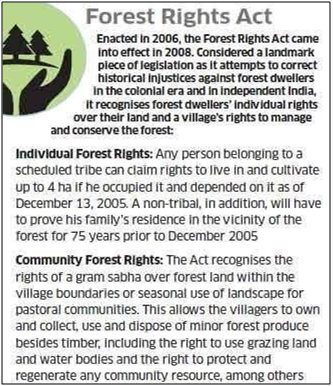
- Landmark legislation: The Forest Rights Act, 2006 (officially known as the Scheduled Tribes and Other Traditional Forest Dwellers (Recognition of Forest Rights) Act) is a landmark legislation aimed at recognizing and securing the rights of forest-dwelling communities in India.
- Reasons behind bringing the Act:
- The FRA, 2006 was implemented to recognize and vest the forest rights and occupation in forest land in forest dwelling Scheduled Tribes and other traditional forest dwellers who have been residing in such forests for generations but whose rights could not be recorded.
- The Act also aimed to undo the historical injustice occurred to the forest dwelling communities due to the forest management policies of colonial and post-colonial India, which did not acknowledge their symbiotic relationship with the forests.
- The Act further intended to empower the forest dwellers to access and use the forest resources in a sustainable manner, to conserve the biodiversity and ecological balance, and to protect them from unlawful evictions and displacement.
- Major provisions of the Act:
- The Act recognizes and vests the forest rights and occupation in Forest land in Forest Dwelling Scheduled Tribes (FDST) and Other Traditional Forest Dwellers (OTFD) who have been residing in such forests for generations.
- Forest rights can also be claimed by any member or community who has for at least three generations (75 years) prior to the 13th day of December, 2005 primarily resided in forest land for bona fide livelihood needs.
- The Gram Sabha is the authority to initiate the process for determining the nature and extent of Individual Forest Rights (IFR) or Community Forest Rights (CFR) or both that may be given to FDST and OTFD.
- Four types of rights, identified by the Act:
- Title rights: It gives FDST and OTFD the right to ownership to land farmed by tribals or forest dwellers subject to a maximum of 4 hectares. Ownership is only for land that is actually being cultivated by the concerned family and no new lands will be granted.
- Use rights: The rights of the dwellers extend to extracting Minor Forest Produce, grazing areas etc.
- Relief and development rights: To rehabilitate in case of illegal eviction or forced displacement and to basic amenities, subject to restrictions for forest protection.
- Forest management rights: It includes the right to protect, regenerate or conserve or manage any community forest resource which they have been traditionally protecting and conserving for sustainable use.
- Importance: It strengthens the conservation regime of the forests while ensuring livelihood and food security of the FDST and OTFD.
Source:
Category: History and Culture
Context:
- The Karnataka High Court dismissed most aspects of a petition filed by People for the Ethical Treatment of Animals (PETA) against holding the Kambala race outside Udupi and Dakshina Kannada districts.
About Kambala:
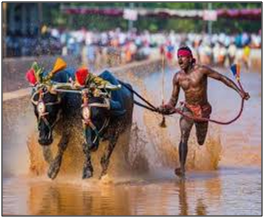
- Nature: Kambala is a traditional buffalo race in paddy fields filled with slush and mud which generally takes place in coastal Karnataka (Udupi and Dakshina Kannada) from November to March.
- Native to: Traditionally, it is sponsored by local Tuluva landlords and households in the coastal districts. Tuluva people are an ethnic group native to Southern India. They are native speakers of the Tulu language.
- Objective: During the race, the racers try to bring the buffaloes under control by holding their reins tight and whipping them.
- Tradition: In its traditional form, Kambala was non-competitive and buffalo pairs raced one after another in paddy fields. It was also observed as thanksgiving to gods for protecting the animals from diseases.
- Concerns: Animal activists criticize the sport and argue that the Kambala involves acts of cruelty on animals which are not physiologically suited for racing. According to them, it violates the Prevention of Cruelty to Animals (PCA) Act, 1960, which prevents practices involving unnecessary pain to the animal amounting to cruelty.
About People for the Ethical Treatment of Animals (PETA):
- Nature: It is a nongovernmental organization (NGO) committed to ending abusive treatment of animals in business and society and promoting consideration of animal interests in everyday decision-making and general policies and practices.
- Foundation: PETA was founded in 1980 by Ingrid Newkirk and Alex Pacheco, who were influenced by Australian ethicist Peter Singer’s book Animal Liberation (1975).
- Headquarters: It is the largest animal rights organization in the world and is based in Norfolk, Virginia, United States, with entities worldwide.
- Objective: PETA opposes speciesism, a human-supremacist worldview, and focuses on the four areas in which the largest numbers of animals suffer the most intensely for the longest periods of time: in laboratories, in the food industry, in the clothing trade, and in the entertainment business.
- Working mechanism: PETA works through public education, investigations, research, legislation, protests, and negotiations with companies and regulatory agencies.
Source:
Category: International Relations
Context:
- The Karnataka High Court dismissed most aspects of a petition filed by People for the Ethical Treatment of Animals (PETA) against holding the Kambala race outside Udupi and Dakshina Kannada districts.
About Kambala:

- Nature: Kambala is a traditional buffalo race in paddy fields filled with slush and mud which generally takes place in coastal Karnataka (Udupi and Dakshina Kannada) from November to March.
- Native to: Traditionally, it is sponsored by local Tuluva landlords and households in the coastal districts. Tuluva people are an ethnic group native to Southern India. They are native speakers of the Tulu language.
- Objective: During the race, the racers try to bring the buffaloes under control by holding their reins tight and whipping them.
- Tradition: In its traditional form, Kambala was non-competitive and buffalo pairs raced one after another in paddy fields. It was also observed as thanksgiving to gods for protecting the animals from diseases.
- Concerns: Animal activists criticize the sport and argue that the Kambala involves acts of cruelty on animals which are not physiologically suited for racing. According to them, it violates the Prevention of Cruelty to Animals (PCA) Act, 1960, which prevents practices involving unnecessary pain to the animal amounting to cruelty.
About People for the Ethical Treatment of Animals (PETA):
- Nature: It is a nongovernmental organization (NGO) committed to ending abusive treatment of animals in business and society and promoting consideration of animal interests in everyday decision-making and general policies and practices.
- Foundation: PETA was founded in 1980 by Ingrid Newkirk and Alex Pacheco, who were influenced by Australian ethicist Peter Singer’s book Animal Liberation (1975).
- Headquarters: It is the largest animal rights organization in the world and is based in Norfolk, Virginia, United States, with entities worldwide.
- Objective: PETA opposes speciesism, a human-supremacist worldview, and focuses on the four areas in which the largest numbers of animals suffer the most intensely for the longest periods of time: in laboratories, in the food industry, in the clothing trade, and in the entertainment business.
- Working mechanism: PETA works through public education, investigations, research, legislation, protests, and negotiations with companies and regulatory agencies.
Source:
(MAINS Focus)
(Relevant to UPSC GS Paper I – Indian Society: Social Empowerment, Communalism, Regionalism, and Secularism; Globalisation and its Social Impact)
Context (Introduction)
From Madagascar to Nepal and Kenya to Peru, digitally networked “Gen Z” movements are emerging as powerful forces of dissent. These leaderless, youth-driven protests reflect frustration with inequality, corruption, and political unresponsiveness in the post-pandemic world.
Understanding the ‘Gen Z’ Protest Wave
- Who Are ‘Gen Z’ Protesters: Born between 1996–2010, Generation Z is the first cohort raised entirely in the digital era. They are globally connected, value transparency, and mobilize rapidly through social media platforms like TikTok, Instagram, and Discord to challenge entrenched political elites.
- Global Spread of Discontent: Recent youth-led uprisings have occurred across Nepal, Madagascar, Indonesia, Kenya, Morocco, and Peru, with movements often inspired by each other. Many drew parallels with earlier youth protests such as Arab Spring (2010–12) and Sri Lanka’s Aragalaya (2022), showing how digital tools accelerate cross-border solidarity.
- Common Triggers Across Regions: While immediate grievances differ — water shortages in Madagascar, pension reforms in Peru, social media bans in Nepal — the underlying causes are corruption, inequality, unemployment, nepotism, and failure of welfare delivery.
- Pop Culture and Protest Symbolism: A unique global unifier has been the “One Piece” skull flag — a pirate symbol representing resistance against corrupt authority. It symbolizes youth defiance and cultural interconnectivity in a digitalized, globalized protest culture.
- Role of the Digital Sphere: Unlike past movements, Gen Z activists rely less on formal organizations and more on decentralized online networks. These movements have used memes, influencers, and gaming platforms to mobilize, coordinate, and sustain transnational visibility.
Issues and Challenges
- Leaderless Movements and Sustainability: While decentralization allows rapid mobilization, it often limits negotiation capacity, coherent policy articulation, and long-term reform outcomes.
- State Repression and Digital Censorship: Many regimes respond with internet shutdowns, surveillance, and social media bans (as in Nepal), curbing expression and amplifying distrust among youth.
- Rising Inequality and Economic Frustration: Post-pandemic inflation, job scarcity, and youth unemployment (above 20% globally, ILO 2024) have widened the gap between elites and young citizens, breeding alienation.
- Global South Vulnerability: Developing nations with weak institutions and patronage-based governance face amplified unrest as climate stress, inflation, and debt further constrain opportunities.
- Polarisation and Misinformation Risks: Social media, though empowering, also facilitates misinformation, cyber radicalisation, and performative activism without tangible political outcomes.
Reforms and Policy Responses Needed
- Youth-Centric Governance: Governments must institutionalize youth participation councils, transparent budgeting, and consultation mechanisms to channel grievances constructively.
- Digital Freedom and Accountability: Safeguarding online expression through clear data privacy and social media rights charters can prevent digital authoritarianism.
- Employment and Skill Generation: Address youth unemployment and underemployment via policies such as India’s PM Kaushal Vikas Yojana, Start-up India, and Digital India, ensuring global replicability of youth empowerment models.
- Education for Civic Consciousness: Integrating civic education, ethics, and digital literacy into school curricula can promote responsible activism and democratic engagement.
- Global Platforms for Youth Dialogue: International institutions like the UN Youth Strategy (2030) and Commonwealth Youth Council should coordinate transnational responses to youth concerns like climate justice and inequality.
Conclusion
The “Gen Z” protests represent not anarchy but a crisis of trust in institutions. This generation demands inclusion, accountability, and ethical governance — not mere reform rhetoric. For democracies, especially in the Global South, the challenge is to transform digital dissent into participatory democracy. Governments that ignore these signals risk alienating their most connected and consequential generation.
Mains Question:
- The recent “Gen Z” protest movements reflect a deeper generational crisis rather than isolated unrest. Analyse the causes and implications of this new wave of youth-led global dissent. (15 marks, 250 words)
Source: The Hindu
(Relevant to UPSC GS Paper III – Environment: Conservation, Environmental Pollution and Degradation, Environmental Impact Assessment)
Context (Introduction)
India’s push for a national carbon market through the Carbon Credit Trading Scheme (CCTS) aims to make climate action economically viable. However, global experiences highlight that without strong safeguards, such markets risk social exploitation and ecological injustice.
What Are Carbon Markets?
- Definition: A carbon market allows entities to buy and sell carbon credits — each credit representing one tonne of carbon dioxide (CO₂) or its equivalent removed or reduced from the atmosphere.
- Purpose: Enables countries and firms to meet emission-reduction targets cost-effectively while incentivising cleaner technologies and practices.
- Types:
- Compliance Markets: Operate under mandatory national or international regulations (e.g., EU Emission Trading System).
- Voluntary Carbon Markets (VCMs): Allow organisations to offset emissions voluntarily, supporting reforestation, renewable energy, and sustainable agriculture.
- Indian Framework: The Carbon Credit Trading Scheme (CCTS), 2023, notified under the Energy Conservation (Amendment) Act, 2022, establishes a domestic market with emission benchmarks for energy-intensive industries.
- Potential Sectors: Renewable energy, afforestation, biochar, agroforestry, biogas, and low-emission rice cultivation.
Issues and Challenges
- Risk of Community Exploitation: Projects may encroach on commons, forests, and tribal lands without consent, leading to dispossession — as seen in Kenya’s Northern Rangelands Carbon Project and Lake Turkana Wind Project.
- Lack of Free, Prior, and Informed Consent (FPIC): Local communities and farmers are often excluded from decision-making and negotiations, violating participatory principles under the Forest Rights Act (2006) and PESA (1996).
- Weak Farmer Participation: Agriculture-based projects lag due to limited awareness, weak extension support, and exclusion of smallholders and marginalised caste groups. Only 4 of 64 Indian Verra projects are registered, none have issued credits.
- Opaque Benefit-Sharing : Corporate-led models capture profits, while communities receive little or no share. The absence of transparent revenue-sharing mechanisms fosters distrust.
- Greenwashing: Focus on carbon accounting over socio-ecological realities risks creating “modern plantations” — environmentally compliant but socially unjust.
Government Initiatives and Institutional Mechanisms
- Carbon Credit Trading Scheme (CCTS), 2023: Introduced by the Bureau of Energy Efficiency (BEE) to operationalise a national carbon market with emission intensity targets and offset mechanisms.
- National Carbon Registry and Trading Platform: To track, verify, and trade credits transparently.
- Energy Conservation (Amendment) Act, 2022: Provides statutory backing for carbon credit mechanisms and energy efficiency targets.
- Perform, Achieve and Trade (PAT) Scheme: Precursor mechanism under the National Mission on Enhanced Energy Efficiency (NMEEE), encouraging industries to reduce specific energy consumption.
- Green Credit Programme (GCP), 2023: Expands the scope beyond carbon to reward eco-restoration and sustainable actions such as tree plantation and water conservation.
- National Action Plan on Climate Change (NAPCC): Framework for integrating low-carbon growth through missions on solar, energy efficiency, and sustainable agriculture.
Reforms Needed
- Strengthen Legal Safeguards and FPIC: Make community consent mandatory before project approval, ensuring adherence to land and forest rights laws.
- Transparent and Equitable Benefit-Sharing: Require public disclosure of credit revenue distribution; establish minimum community shares or local development funds.
- Community-Centric Governance: Institutionalise Gram Sabha participation and local monitoring bodies to democratise project oversight.
- Build Carbon Literacy and Farmer Capacity: Provide training, carbon accounting education, and technical support to smallholders and SHGs to enable fair participation.
- Adaptive and Light-Touch Regulation: Avoid overregulation that deters participation; instead, use digital MRV (Monitoring, Reporting, Verification) tools for real-time transparency.
- Third-Party Social and Environmental Audits: Mandate periodic ethical audits evaluating consent, fairness, and livelihood impacts, not just emission reductions.
- Integrate with Global and Domestic Goals: Align with India’s Nationally Determined Contributions (NDCs) under the Paris Agreement and LiFE (Lifestyle for Environment) mission to balance mitigation with equity.
Conclusion
India’s carbon market can become a global model of climate justice if it couples ambition with fairness. Building trust with farmers, forest dwellers, and local communities must be central to its design. A transparent, participatory, and rights-based approach will ensure that climate mitigation does not become the new face of colonial extraction. Carbon trading should reward stewardship of nature, not dispossession of the vulnerable.
Mains Question:
- How does the Carbon market work? Discuss the objectives of Carbon Credit Trading Scheme (CCTS).(10 marks, 150 words)
Source: The Hindu

